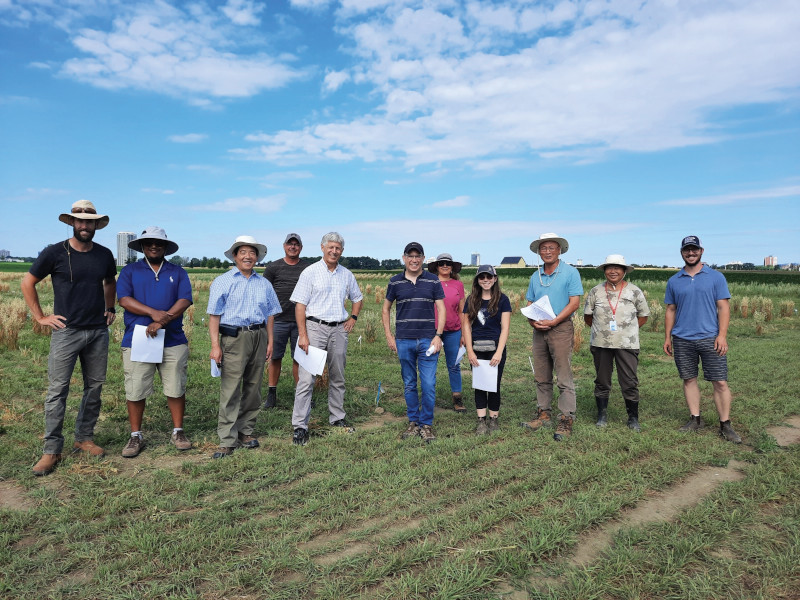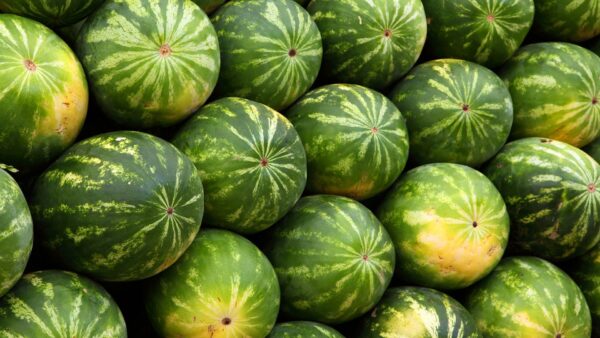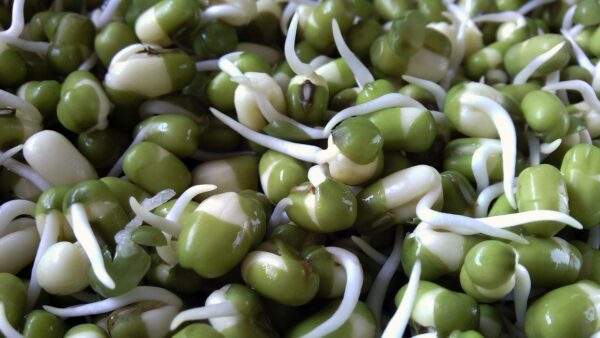PepsiCo and Corteva Agriscience are announcing the first-ever sequencing of the full oat genome for use in open-source applications. Here are three things to know about the breakthrough that had some help from the Canadian breeding community.
This work was completed in just four months. Thanks to a collaborative effort between academia, government and the private sector, it will advance the resiliency of at-risk food systems while leading to heartier oat varieties with improved sustainability, taste and nutrition.
It’s part of PepsiCo’s broader effort to use our scale and reach to help build a more sustainable food system, the company says.
The release of the oat genome is aimed at spurring agronomic innovations globally that can improve the resiliency of the food system. According to PepsiCo and Corteva, it will do this in the following ways:
- Sustainability, Breeding for better yield could produce more resilient varieties with improved disease resistance and guard against loss in the field; create longer root systems and healthier soils that sequester carbon and reduce water run-off; and reduce the amount of land and other resources needed to grow oats.
- Nutrition, Oat grains are already rich in fibre and essential nutrients. Understanding a full oat genome improves the ability to target these qualities, ultimately benefiting consumers looking for elevated nutrition profiles from their oats.
- Taste, The nutritional value of oats is well-documented and encouraging its consumption by potentially creating more flavourful varieties helps expand its appeal.
The Crop Development Centre (CDC) at the University of Saskatchewan helped make it happen. The CDC provided the oat variety used in the project. “We are so pleased that our breeding line was included in this effort,” says Aaron Beattie, oat and barley breeder at the CDC. “This line has a strong combination of quality attributes, including high beta-glucan, protein and milling yield, resistance to diseases like crown rust and smut, and good yield potential in a short plant stature. Its underlying traits can now be studied and understood, and will ultimately assist breeders in their efforts to improve oat.”
The full open-source data is being hosted on the USDA Agricultural Research Service’s GrainGenes website at https://wheat.pw.usda.gov/jb/?data=/ggds/oat-ot3098-pepsico.











